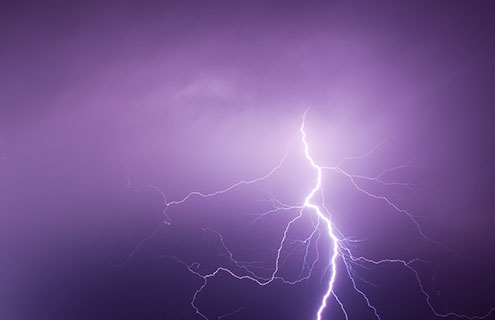Insured loss estimates from major natural catastrophes was around $39.5 billion in 2016, the highest since the annual market losses of $60 billion witnessed in 2012, according to the 2016 summary of natural catastrophe events report from Willis Re.
In the US, Hurricane Matthew accounted for the largest single insured loss at about $2.3 billion and the Fort McMurray wildfire in Canada caused insurance losses of approximately $3.5 billion.
The joint effects of Windstorms Elvira and Friederike in late May and early June led to Europe’s largest market losses of 2016, roughly $2.48 billion.
In Asia, the Kumamoto earthquake in Japan accounted for the largest single insured loss of 2016, which hit over $4.8 billion.
The Ecuador Earthquake in Esmeraldas Province caused the largest impact in Latin America, with estimates losses currently standing at around $325 to $850 million.
John Alarcon, executive director of catastrophe analytics at Willis Re International, said: “As our report shows, despite natural catastrophe insured losses falling in the last five years to 2016, they are still significant, and lower-profile perils such as the wildfire around Fort McMurray have the potential to cause substantial losses.”
He added: “Importantly, our report also highlights that economic losses continue to be higher than insured losses and substantially so in some regions. Clearly the insurance industry has a significant role to play in helping economic recovery by supporting resilient societies and closing the protection gap between insured and total economic loss when natural catastrophes occur.”


